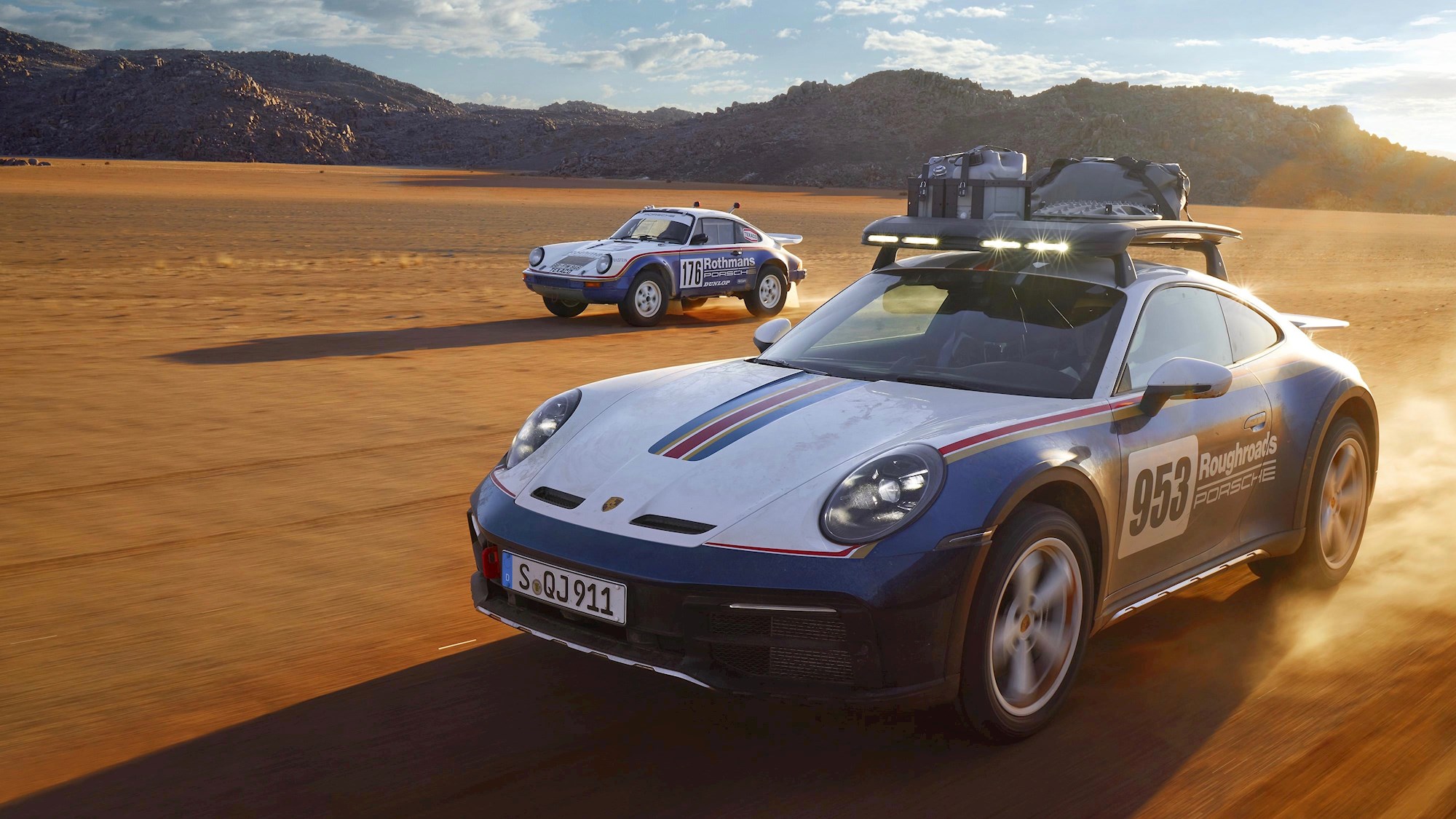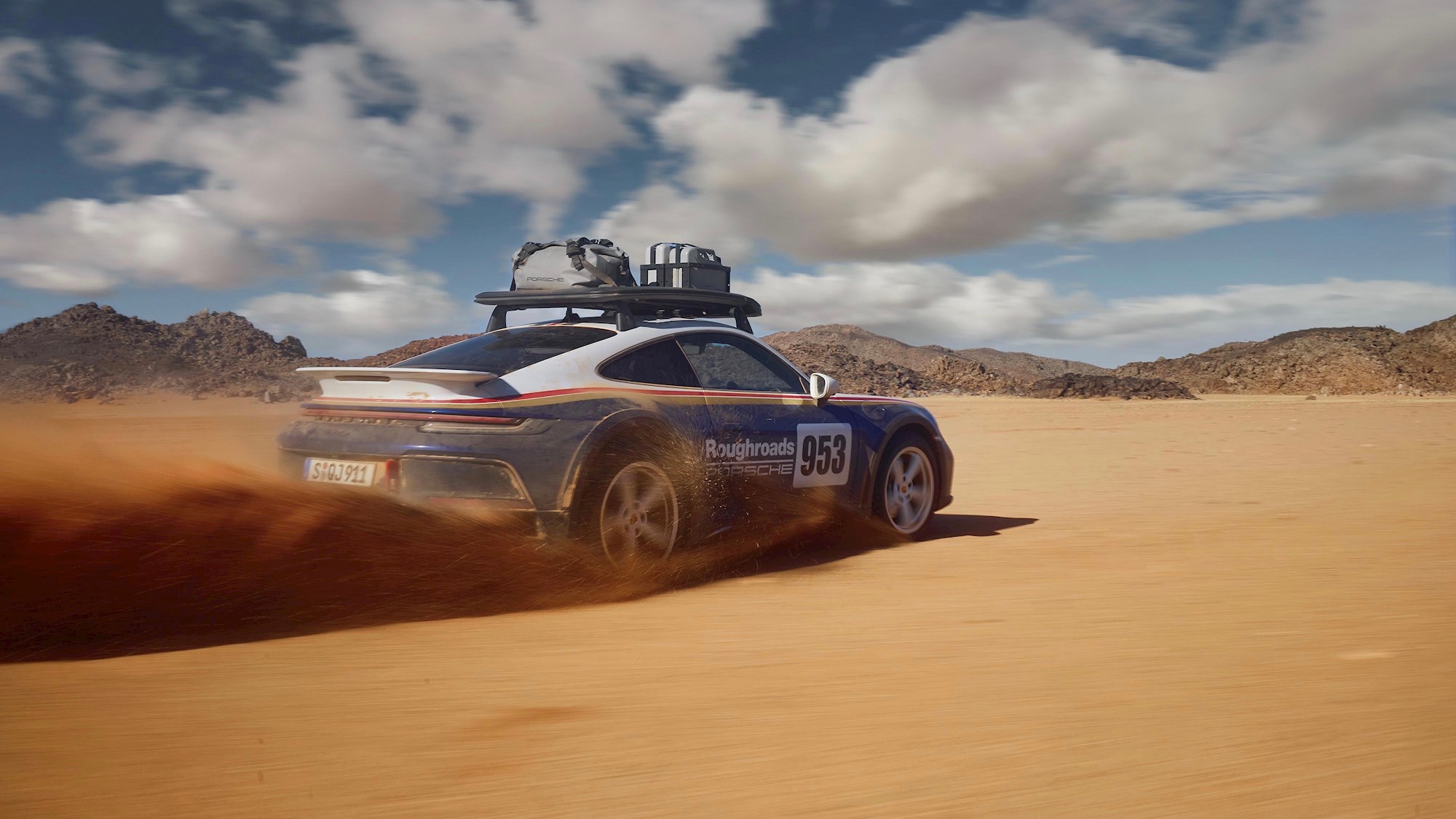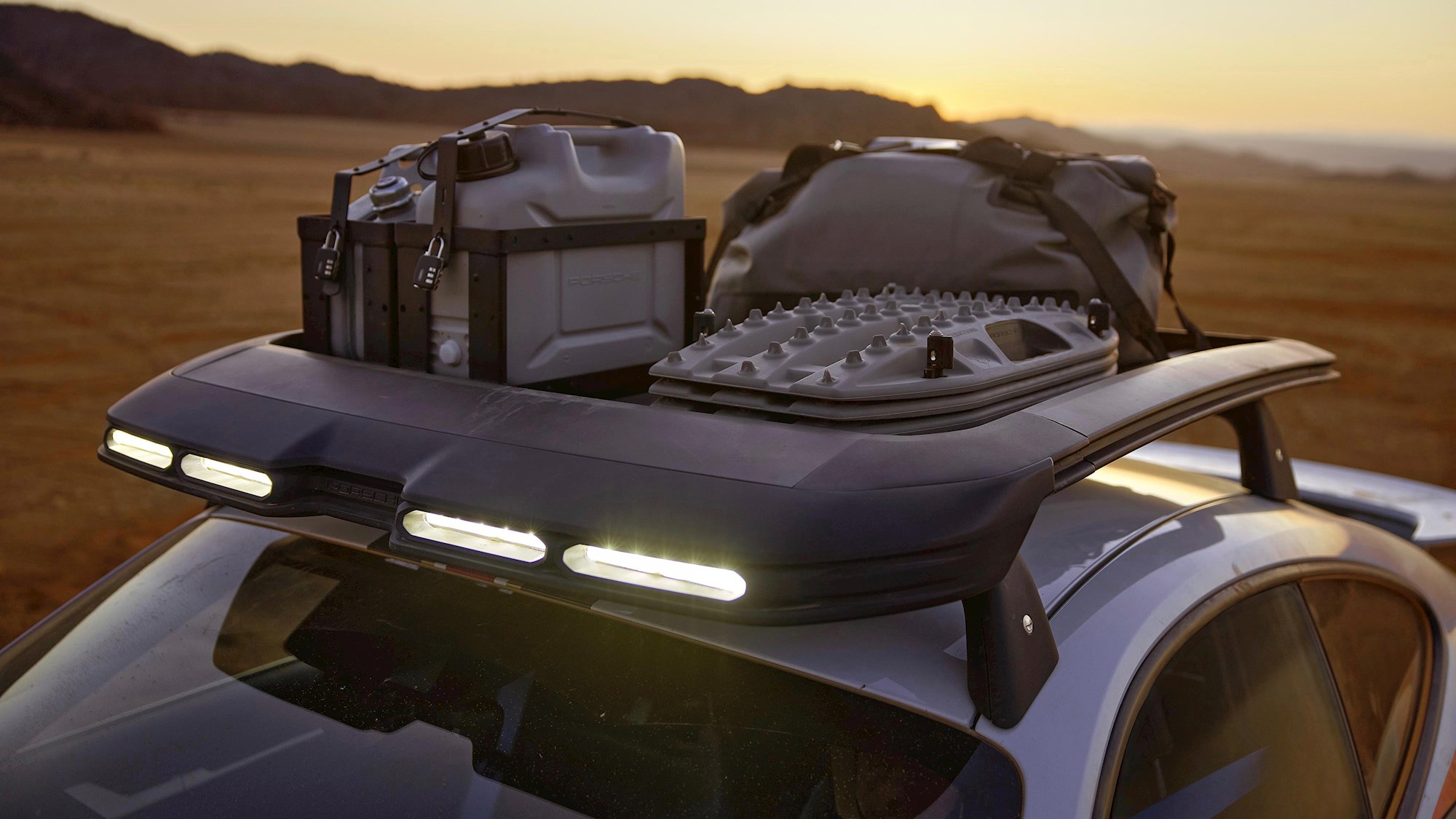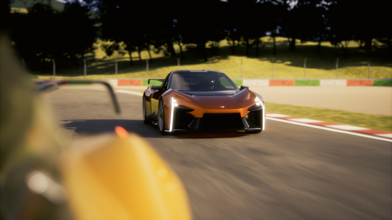All is revealed: yes, you can have stickers on your new Porsche 911 Dakar and yes, they do echo the classic livery of the 1984 Paris-Dakar winning car (which was also the first AWD 911).
The so-called Rallye Design Package is the first time Porsche Exclusive Manufaktur has offered "bi-colour paint and decorative foiling" on a production model. It's White and Enzian Blue Metallic, with red and gold rally stripes. Customers an chose a race number between 0-999 and the livery carries "Roughroads" lettering on the doors (now a Porsche registered trademark, so hands off).

Roughroads is of course a tip of the hat to the OG livery, which came courtesy of sponsor Rothmans, the cigarette company. Not really an acceptable reference now; times have changed.
They've changed for the better, though. The Dakar looks incredible, with 50mm extra clearance over a 911 Carrera with sports suspension, and the ability to raise it another 30mm with the lift system. Porsche says its ramp angles and clearance now rival that of SUVs and the highest setting can be used at speeds of up to 170km/h.
The 911 Dakar rides on bespoke Pirelli Scorpion All Terrain Plus tyres (245/45 ZR 19 at the front, 295/40 ZR 20 at the rear). The chunky tread pattern is nine millimetres deep and the reinforced sidewalls are "ideal even for challenging terrain and they are highly cut-resistant" says Porsche. The all-terrain tyres are deemed suitable for fast on-road driving too.
 The 3.0-litre biturbo six-cylinder makes 353kW/570Nm (same as the Carrera GTS) and delivers 0-100km/h in 3.4 seconds; due to the all-terrain tyres, the top speed is limited to 240km/h. An eight-speed PDK and all-wheel drive are standard. The standard equipment also includes rear-axle steering, engine mounts from the 911 GT3, and PDCC anti-roll stabilisation. There are two new driving modes: Rallye for loose, uneven surfaces with rear-focused all-wheel drive, or Off-Road with high clearance activated automatically, for maximum traction on difficult terrain and sand. Both modes feature Rallye Launch Control, which allows wheel slippage of around 20 per cent.
The 3.0-litre biturbo six-cylinder makes 353kW/570Nm (same as the Carrera GTS) and delivers 0-100km/h in 3.4 seconds; due to the all-terrain tyres, the top speed is limited to 240km/h. An eight-speed PDK and all-wheel drive are standard. The standard equipment also includes rear-axle steering, engine mounts from the 911 GT3, and PDCC anti-roll stabilisation. There are two new driving modes: Rallye for loose, uneven surfaces with rear-focused all-wheel drive, or Off-Road with high clearance activated automatically, for maximum traction on difficult terrain and sand. Both modes feature Rallye Launch Control, which allows wheel slippage of around 20 per cent.
The Dakar wears a new fixed lightweight rear spoiler made of CFRP and a CFRP front luggage compartment lid with air outlets from the 911 GT3. Off-road details include red aluminium towing lugs at the front and back, widened wheel wells/sills and stainless steel protective elements. The side air intakes on the redesigned front end are also protected against flying rocks by stainless steel grilles.The roof features a visible 12-volt power outlet for the headlights of the optional roof rack, which can carry 42kg. A roof tent is also available.
 The 911 Dakar is a two-seater only, with full bucket seats. Lightweight glass and a lightweight battery reduce weight: at 1605kg, it's just 10kg heavier than the 911 Carrera 4 GTS. A defining feature of the Dakar interior is Race-Tex trim with decorative stitching in Shade Green, which is also exclusively available as a metallic exterior finish for the 911 Dakar. The Rallye Sport Package with roll-over bar, six-point seat belts and fire extinguisher is optional.
The 911 Dakar is a two-seater only, with full bucket seats. Lightweight glass and a lightweight battery reduce weight: at 1605kg, it's just 10kg heavier than the 911 Carrera 4 GTS. A defining feature of the Dakar interior is Race-Tex trim with decorative stitching in Shade Green, which is also exclusively available as a metallic exterior finish for the 911 Dakar. The Rallye Sport Package with roll-over bar, six-point seat belts and fire extinguisher is optional.
Naturally, there's a watch to go with it. Buyers of the 911 Dakar can order the Porsche Design Chronograph 1 ‒ 911 Dakar or the Chronograph 1 ‒ 911 Dakar Rallye Design Edition to match the vehicle. The housing is made of "particularly scratch-resistant and light titanium carbide".Production (of the car, not the watch) is capped at 2500. Porsche New Zealand says a "limited number of vehicles" will be available to Kiwi buyers in late-2023. Start price is $449,600 - $18k more than the 911 Turbo S. But you can't jump a sand dune in a Turbo.


















